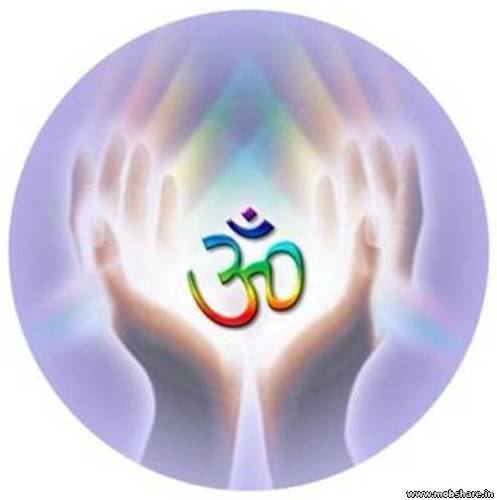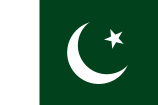Monday, January 10, 2011
In a latest terrorist incident on Dec. 27, 2010 terrorists attacked outside Jama Masjid Kolacki in D. I. Khan. Extremists used grenade and fire arms during the violence. One Shia Muslim sustained serious injuries and admitted in a hospital in Multan, a main city of Southern Punjab. He is still in a critical condition. For many years, Shia community has been the main target of Sunni militant organisations in city. On Feb. 20, 2009, in a suicide attack on a Shia funeral procession 32 people were killed and more than 150 people became injured.
On Dec. 16, a mortar attack killed nine (9) people, including women and children in Hangu, a town that has been a flashpoint for sectarian clashes between Pakistan's Shia and Sunni Muslim communities in Khyber Pakhtunkhwa (KP) Province. On the same day in another attack one child was killed and 28 people were wounded in Peshawar, the capital of KP province, as Shia Muslims marked Ashura, a day of mourning for the martyrdom of Husayn ibn Ali, the grandson of the Prophet Muhammad.
Sixty-five (65) Shia Muslims were killed and more than 150 injured in a suicide blast in Quetta city, the capital of Baluchistan province, on Sept. 3, during an Al-Quds Day rally. Taliban claim the responsibility.
In Lahore, the capital of Punjab province, a suicide bomber struck Shia worshippers on Sept. 2 as they were dispersing after a procession, in which 31 people were killed and more than 200 injured. On the same say, in Karachi, the capital of Sindh, assailants opened fires on a Shia procession in which seven people were injured.
More than 2,000 Shia Muslims have been killed in Pakistan's Kurram Agency since the beginning of a violent campaign against Shias by pro-Taliban and al-Qaeda-linked militants in 2007, Press TV reported on Dec. 29.
The number of deaths from sectarian attacks has already reached 302 for 2010, compared to 190 for the whole of last year.
According to a media report, a total of 356 innocent Pakistanis have so far been killed and 612 others injured in 12 bloody incidents of terrorism in the first 350 days of 2010, as extremist sectarian and jihadi elements continue to target different places of worship across Pakistan, including mosques, madrassas, imambargahs (where Shia Muslims gather for their religious ceremonies), shrines and Ahmadi places of worship.
In addition, the Interior Ministry of Pakistan’s figure shows that 30 people were killed on average per month in 12 gory attacks between Jan. 1 and Dec. 15, 2010, most of which were carried out by the Tehrik-e-Taliban Pakistan (TTP). “Most of the attacks were sectarian in nature, and carried out by Sunni-Deobandi groups such as Sipah-e-Sahaba Pakistan (SSP), Lashkar-e-Jhangvi (LeJ), Jaish-e-Mohammad (JeM), Jamaatul Furqaan, Harkatul Jehadul Islami (HUJI), and Lashkar-e-Islami, though their motivation varies. Most of the victims were Shias, Barelvis and Ahmadis,” Amir Mir, a senior Pakistani journalist writes.
Taliban and other hard-line militant groups consider Shias as non-Muslims. But it is interesting to note that the founder of Islamic state of Pakistan Muhammad Ali Jinnah was a Twelver Shia. “When he (Jinnah) died in 1948, it was necessary for his sister, Fatima Jinnah, to declare him a Shia in order to inherit his property as per Jinnah’s will. She filed an affidavit, jointly signed by Prime Minister of Pakistan, Liaquat Ali Khan, at the Sindh High Court, describing Jinnah as ‘Shia Khoja Mohamedan’ and praying that his will may be disposed of under Shia inheritance law. The court accepted the petition,” a senior Pakistani journalist Khaled Ahmed writes for The Friday Times on Dec. 24-30, 2010.
Although all major militant organisations are banned in Pakistan, the federal and provincial government seem unwilling to control their violent activities. Weekly Time magazine reported that the attack on Data Darbar, situated in Lahore, is one of the oldest Muslim shrines in the sub-continent, a drew outrage across the country and forced the Punjab government headed by Shahbaz Sharif, the younger brother of former Prime Minister Nawaz Sharif, to carry out a crackdown on sectarian groups. But the arrests were merely a roundup of known low-level members and were decried as insufficient by analysts and opposition politicians alike. "The Punjab government has a very specific history of greater tolerance towards Sunni extremists," says Ali Dayan Hasan of Human Rights Watch.
Shias are not only facing attacks by the militant groups but also confronting numerous other pressures which make them more vulnerable and insecure. According to a Shia leader Maulana Hassan Zafar Naqvi, 10 missing Shias were abducted from different areas of the Karachi city within last 10 days by the law enforcement agencies.
It is time that Pakistan’s politicians realized that the ultimate aim of such extremist outfits, many of whom are hand in glove with the TTP, is to ignite sectarian conflict in the country, Pakistan daily Dawn observed.
Aftab Alexander Mughal is the editor of Minorities Concern of Pakistan and Spero's Asia correspondent.













No comments:
Post a Comment